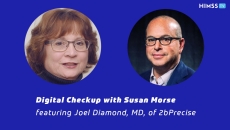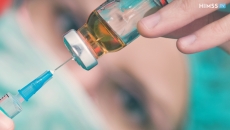Precision Medicine
The Chicago area health system has expanded its DNA-10K precision medicine program by integrating detailed pharmacogenomic information into its EHR workflows.
Researchers from New York-based Mount Sinai Health System have combined artificial intelligence, imaging and clinical data to rapidly detect COVID-19 in patients.
Precision medicine’s equivalent for people who are not necessarily ill, precision health, is only now starting to be developed.
The New York-based company claims its platform can be used to more accurately monitor efficacy of immunotherapy.
2bPrecise CMO Joel Diamond, MD, says pharmacogenomics is a good entry point for providers in precision medicine, identifying the right medicine for better outcomes and patient satisfaction.
In this special report, seven experts in personalized medicine – from Accenture, CereCore, Chilmark Research, Deloitte and Orion Health – offer best practices for optimizing technology to help health systems advance innovation.
The organization, looking for ways to treat pathogens, will mine electronic health records of COVID-19 patients and use analytics to expedite research to find optimal treatment approaches.
Population Health
"We see an enormous opportunity to enhance disease tracking for improved population health during the COVID-19 pandemic," said Scripps Research Translational Institute's Dr. Eric Topol.
Deep Dive: Clinicians are integrating social factors, genomics and medical histories to better treat patients.
Update: The HIMSS Global Conference in Orlando has been canceled due to the coronavirus.

